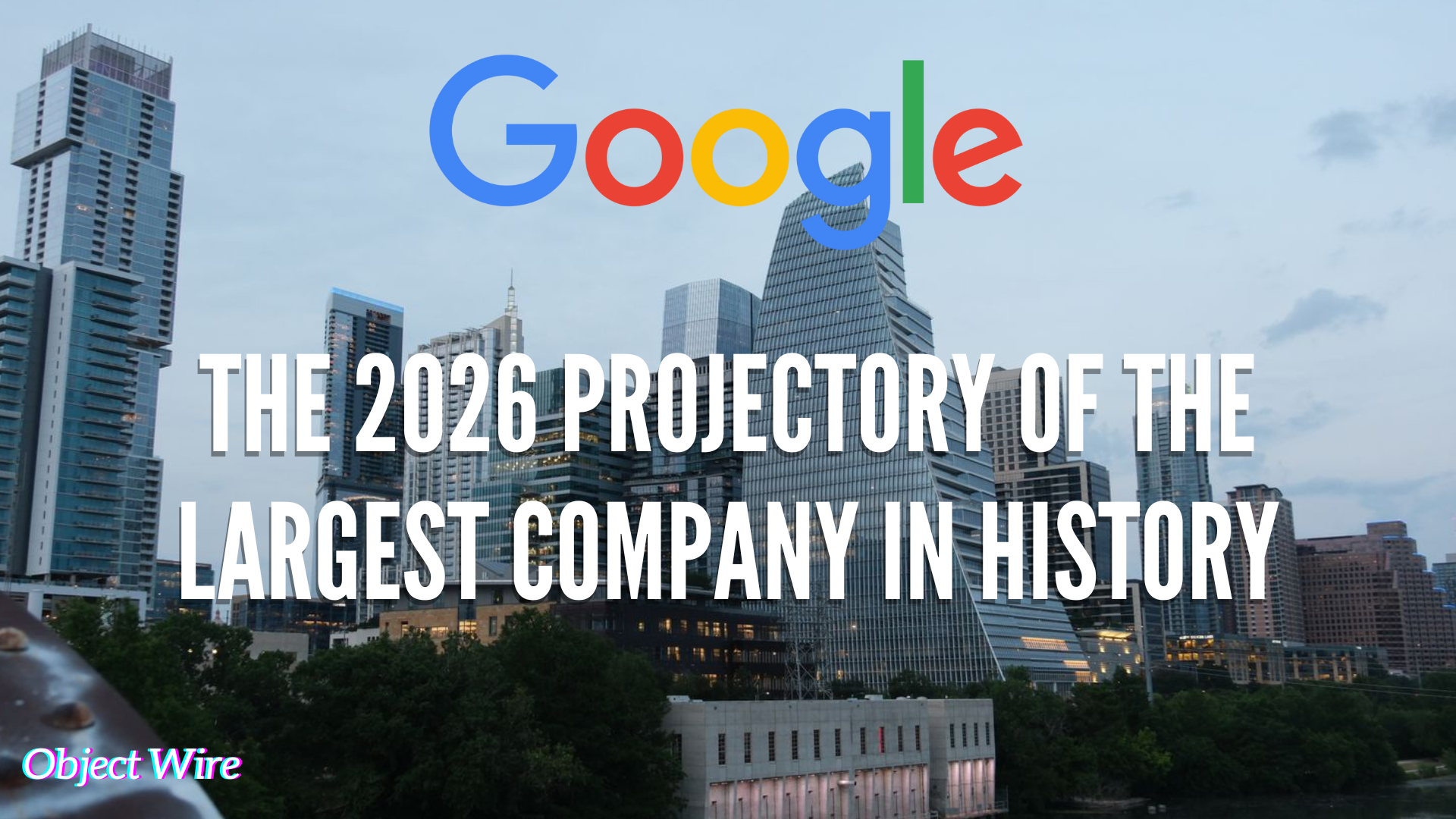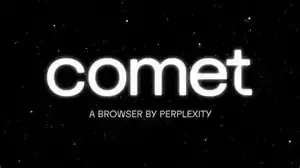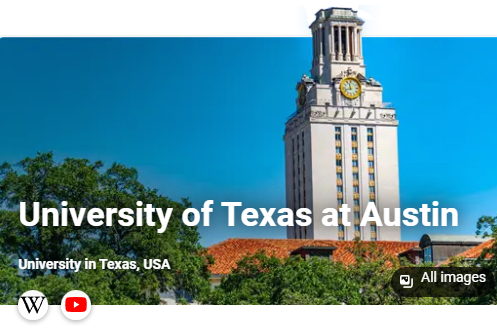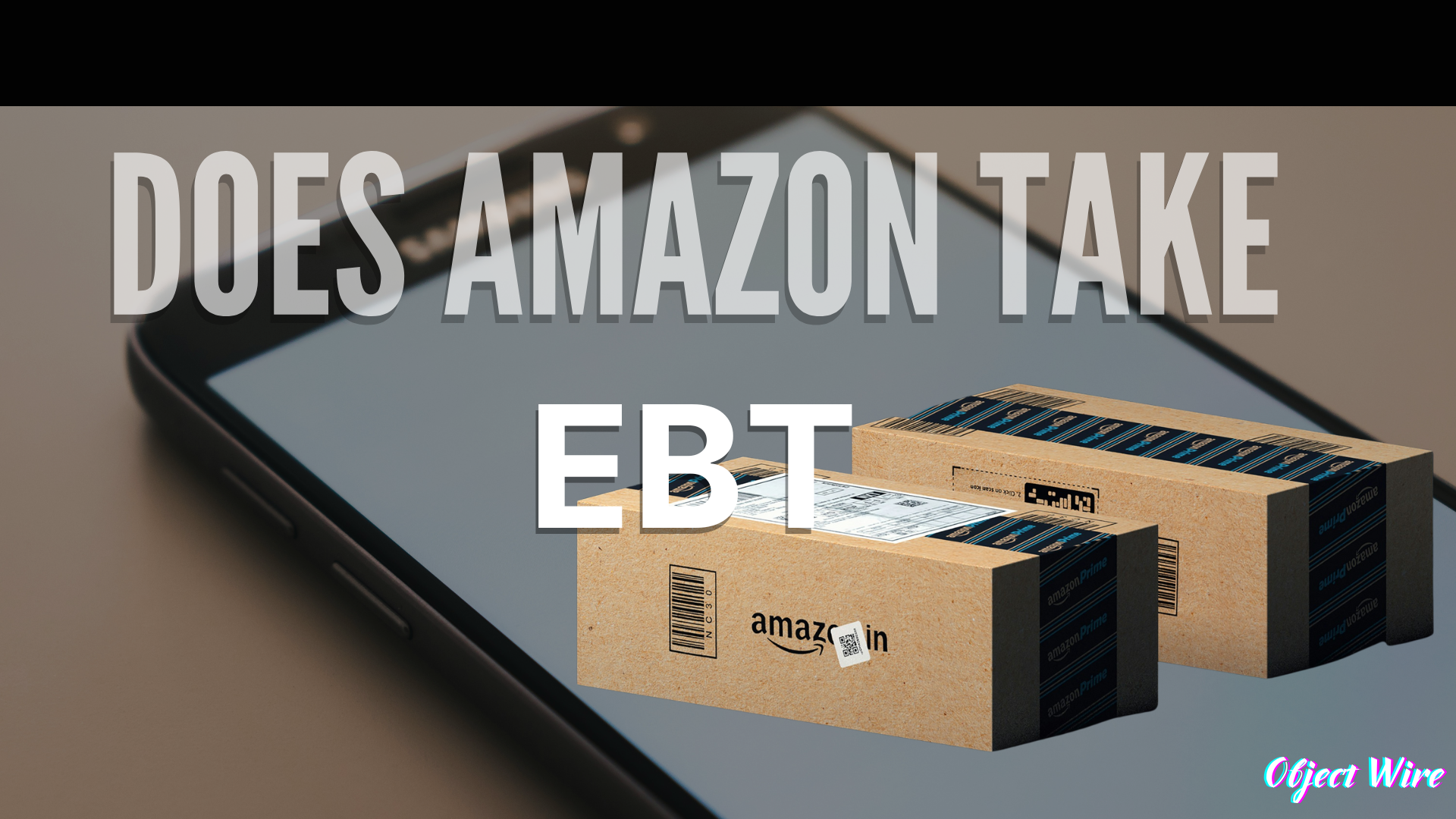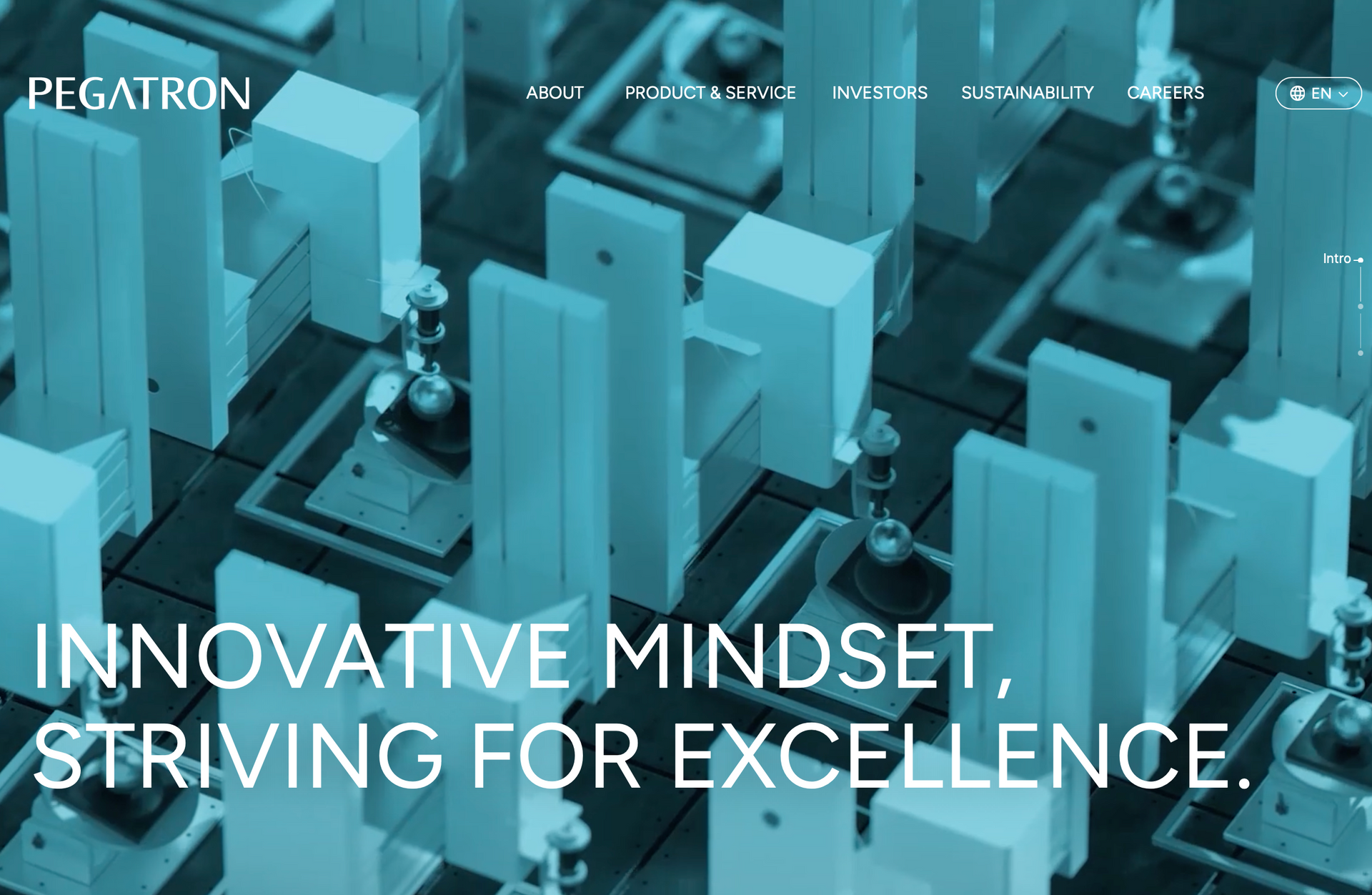NYC 600K Nonprofit Jobs, 34% of all Employment in Public Sector
What fuels New York’s economic engine when over half its workforce thrives in nonprofits, government, or education and health services?
With approximately 600,000 nonprofit jobs and 34% of employment in education and health, New York’s economy is a unique blend of public and subsidized sectors showcased at the
2025 New York Economic Summit.
NYC's Job Boom Fueled Strickly by Tax Payer Funded Activities | Nonprofits, Education, Healthcare , High Paying Government Positions
Comptroller Thomas DiNapoli and industry leaders highlighted New York’s 600,000 nonprofit jobs—17% of the private sector workforce—as of 2022, per the
Urban Institute. New York City alone hosts 41,392 nonprofits, the most in the U.S., employing hundreds of thousands workers.
Government jobs mirror this, with 17% of the workforce, while education and health services account for 34%. The Summit showcased how these sectors drive $96.8 billion in nonprofit wages and support communities, but are they sustainable?
The Summit reported nonprofits contribute 9.4% to NYC’s GDP, per a 2020 Comptroller report.
Nonprofit Sector: The Heart of New York’s Social Fabric
New York’s nonprofit sector is a titan, with 600,000 jobs across 33,536 organizations in,
per DiNapoli’s report. Concentrated in health care (61.4%) and education (21.1%), nonprofits employ 1 in 6 private-sector workers, with NYC hosting nearly half these jobs.
The human services sector alone employs 800,000 statewide, from social workers to arts programmers. Nonprofits, often grant-funded, deliver critical services—think food banks, shelters, and cultural institutions, but face challenges like wage disparities, with average earnings behind private-sector peers.
Diversification and Innovation of New Yorks Job Market
The Summit proposed strategies to bolster New York’s economy:
- Diversify Funding: Nonprofits should seek private donations to reduce grant reliance by 15%.
- Streamline Government: Cutting hiring could save $1 billion annually in pension costs.
- Expand Tech and Green Jobs: A projected 50,000 new tech jobs by 2030 could balance sector dominance.
- Timely Contracts: Streamlining state processes to ensure 90% of contracts are processed on time.
These steps aim to stabilize the economy while fostering growth in emerging sectors. Will New York seize this opportunity?
Future Outlook with Zohra Mamdani: Impact on Private Sector and Housing
With Zohra Mamdani poised to take office as a New York City Councilmember in 2026, his progressive policies could reshape the remaining 49% of private-sector jobs and the housing market.
His push for higher taxes on businesses and wealth could deter private-sector growth in finance and tech, which employ 370,100 and 223,000 workers, respectively. This might slow job creation in these high-wage sectors, risking a 5% employment dip by 2028, per economic forecasts.
Will Mamdani’s vision balance equity with economic vitality?
In conclusion, New York’s economy, showcased at the 2025 Summit, thrives on 600,000 nonprofit and government jobs and 34% in education and health, but faces risks from funding volatility and policy shifts. As Mamdani’s tenure looms, strategic diversification is crucial to sustain private-sector growth and housing affordability.
Contact Us
Nova Scotia just handed me a fine for $28,872.50 for walking into the woods. pic.twitter.com/sARyEzHAzR
— Jeff Evely (@JeffEvely) August 9, 2025
